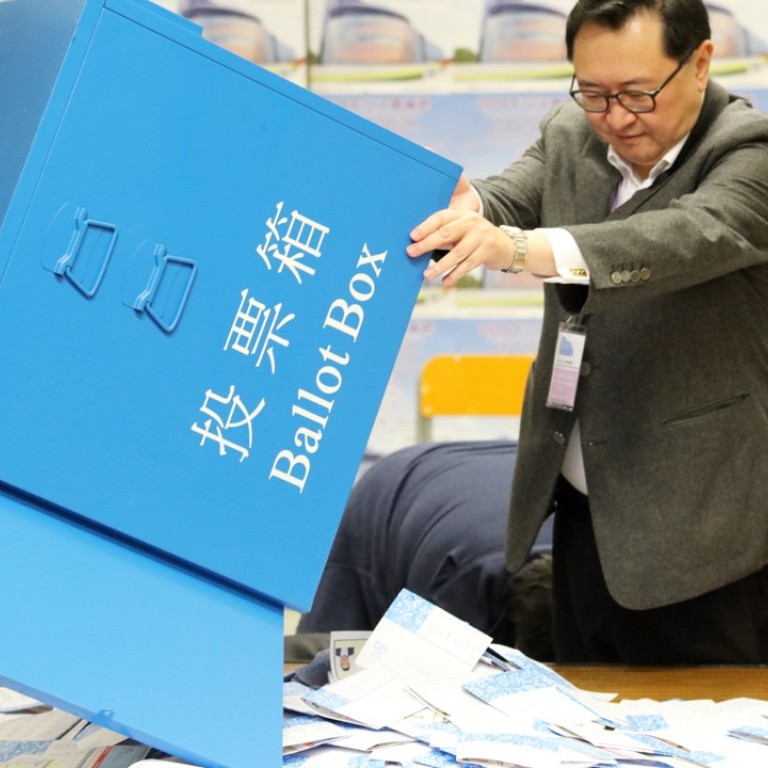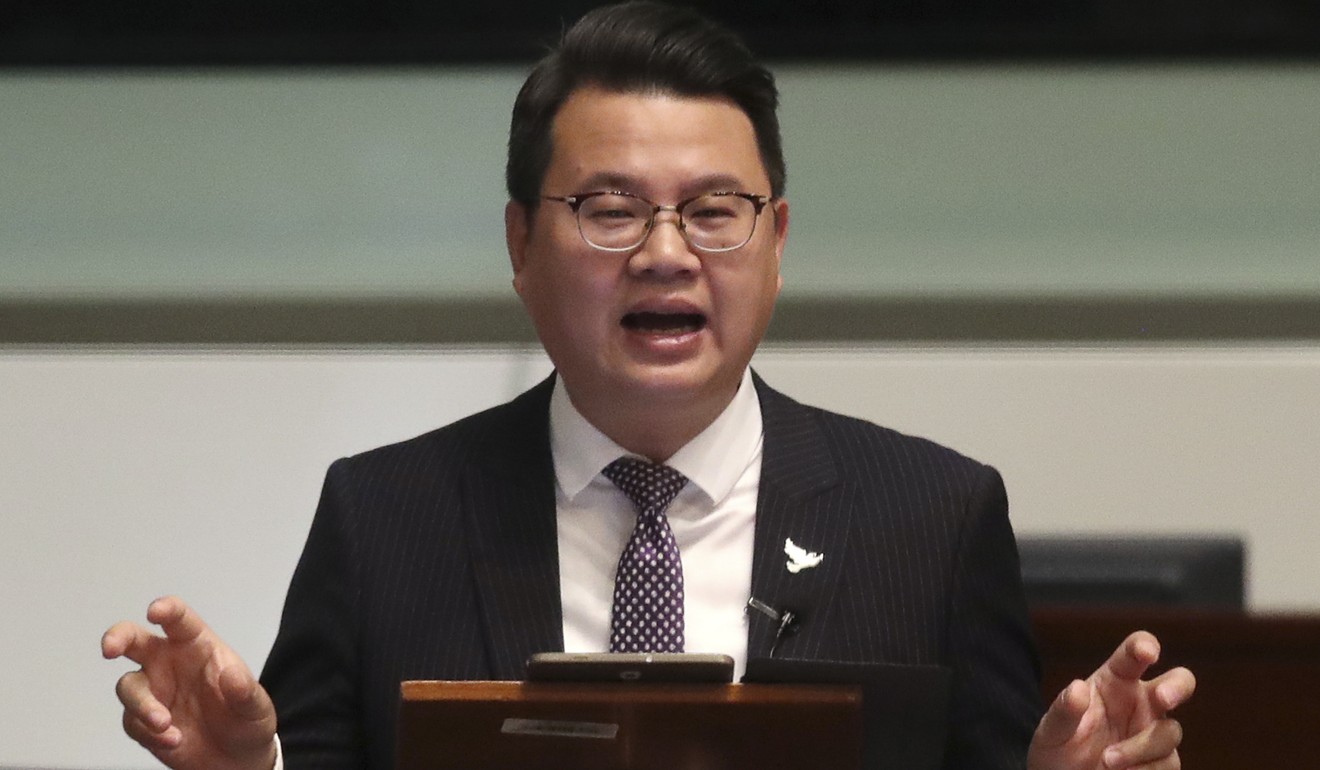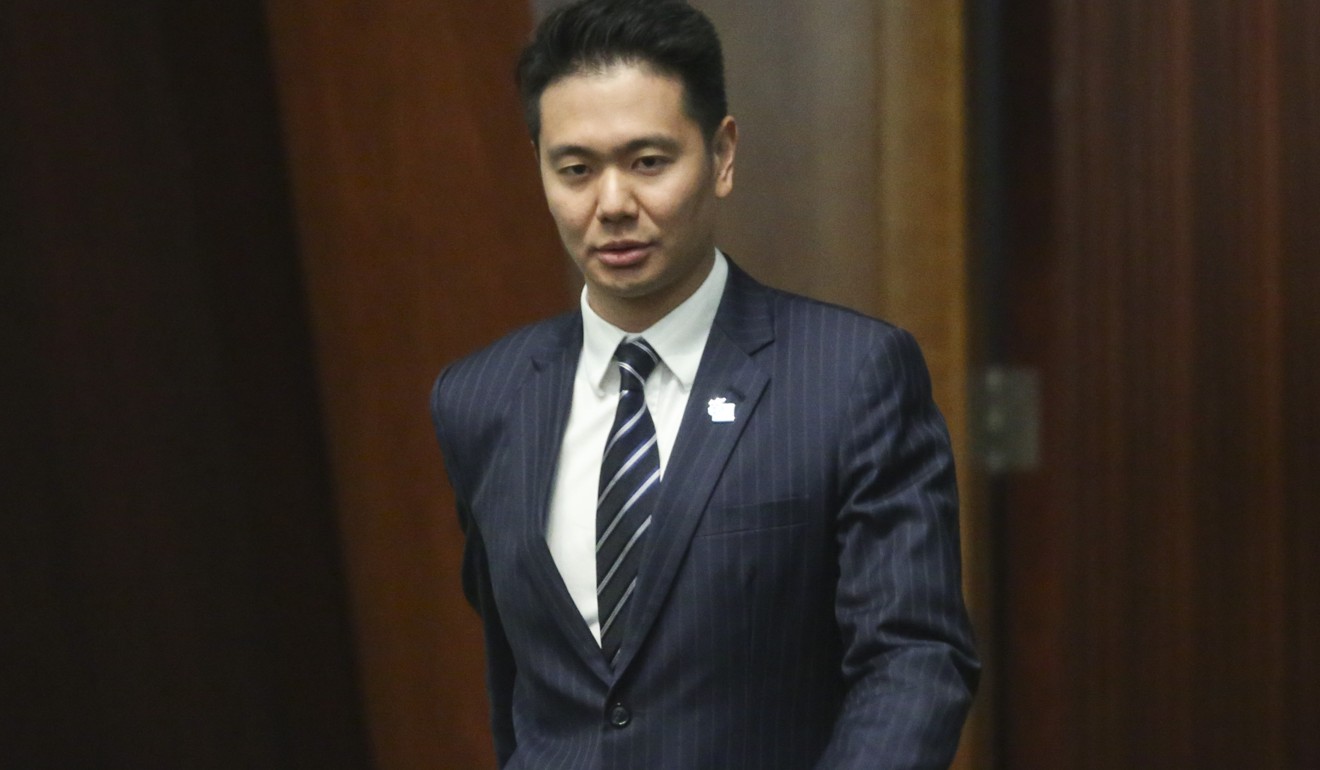
Why redrawing map for Hong Kong district council elections is a bigger deal for opposition camp
Political scientist Stan Wong says a more transparent process for constituency boundary changes is needed to allay concerns over fairness of elections
Hong Kong’s pro-democracy politicians are crying foul over proposals to redraw the boundaries of more than a quarter of the seats for coming district council elections, believing they will be adversely hit – and a political scientist says they have a point.
Stan Wong Hok-wui, associate professor in Polytechnic University’s department of applied social studies, last year published a study with surprising findings – buildings in constituencies held by pan-democrats were twice as likely to be switched to a different district than those in seats controlled by the pro-establishment camp, and “redistricting” could cut the chances of pro-democracy incumbents being re-elected.
Wong said the lack of media attention on the issue of boundary alterations was partly because it was too technical and proposals could be done with seemingly legitimate reasons of demographic changes.
Election chiefs bring in 21 new district council seats, sparking gerrymandering concerns
But he said the findings of his study on gerrymandering were significant and only a more transparent process of redistricting could allay concerns over whether elections were fair.
There are 18 district councils in Hong Kong. They are responsible for scrutinising government funding and coordinating community initiatives, and also serve as an important leg-up for parties to grab seats in the Legislative Council.
The Electoral Affairs Commission (EAC) has proposed redrawing boundaries in 128 constituencies and creating 21 new seats in 10 districts for polls in 2019 to take into account population growth.
In his study, “Gerrymandering in Electoral Autocracies: Evidence from Hong Kong”, Wong compiled a data set with the city’s 38,000 residential buildings and tracked changes covering the election years of 2003, 2007 and 2011.
According to the data, 3,296 buildings changed districts in 2007 while another 1,547 were transferred in 2011. Less than 7 per cent of buildings in constituencies controlled by pro-establishment councillors were redistricted compared with about 17 per cent in pan-democrat constituencies.
In other words, district changes were more than twice as likely for buildings in pan-democrat-held constituencies than for those in pro-establishment areas.
Young Hong Kong voters give by-election a miss in droves
Although redistricting had no direct impact on a camp’s vote share in general, the re-election chances for pan-democratic incumbents could be reduced, according to Wong’s model.
Wong said gerrymandering involved two strategies: “packing”, or moving opposition supporters into districts occupied by strong incumbents from the same camp, thereby concentrating them in fewer areas; or “cracking”, moving supporters from districts occupied by weak opposition incumbents, thereby diluting their votes and further lessening their chances of re-election.
“If the effects of these two strategies cancel each other, there is no significant change in the vote share,” he said.
The EAC said any redistricting was “apolitical” and the result of an objective calculation to ensure each proposed constituency was as near the population quota – 16,599 people – as practicable.
Wong noted the 25 per cent permitted margin of difference from the figure of 16,599 was fairly lax and non-binding, as authorities could violate the population quota on the grounds of “preserving community identity and local ties”– which he said were vaguely defined.

Democratic Party lawmaker Andrew Wan Siu-kin, who served as a district councillor from 2003 to 2011, said the study’s empirical findings aligned with how the pan-democratic camp felt over the years – they tended to suffer more from each redistricting.
He said no incumbent district councillor liked constituency boundaries redrawn.
“The voter composition is beneficial to the incumbent no matter [which side won].”
Wan said mistrust over the EAC’s proposals may have originated from a lack of confidence in district officers, as pan-democrats found some of them to be biased in the operations of district councils.
The recent electoral disqualification of activists regarded as pro-independence or advocating self-determination also added to the mistrust among the public, he said.

However, pro-establishment lawmaker Holden Chow Ho-ding said he was also affected by redistricting as three buildings were removed from his constituency in Tung Chung South while two colleagues on Cheung Chau would see their constituencies merged into one.
“I don’t think there are political considerations behind it,” he said, but added that he still found the reasons given by authorities to be far from ideal.
Wong wrote in his study there was no way for pro-establishment councillors to remain unaffected in a large redrawing of boundaries.
“In general principles, the authorities should increase transparency of the whole redistricting process, with engagement from different parties,” Wong told the Post, adding that in the US, unfair redistricting could be challenged in court.
The EAC reiterated it took all factors aside from political ones – including community identities, preservation of local ties and physical features of the concerned areas – into account when adjusting boundaries.
Wong’s study was published online in the British Journal of Political Science.

